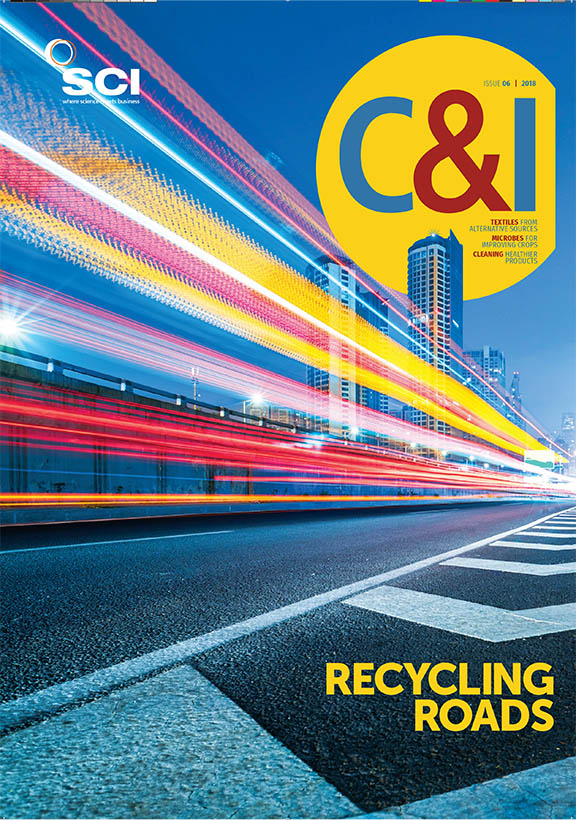Engineers say they have demonstrated a cost-effective way to remove carbon dioxide from the atmosphere. The extracted CO2 could be used to make new fuels, or go to storage.
Image: Indigo Molecular Images / Science Photo Library
The process of direct air capture (DAC) involves giant fans drawing ambient air into contact with an aqueous solution that traps CO2. Through heating and several chemical reactions, CO2 is re-extracted and ready for further use.
‘The carbon dioxide generated via DAC can be combined with sequestration for carbon removal, or it can enable the production of carbon-neutral hydrocarbons, which is a way to take low-cost carbon-free power sources like solar or wind and channel them into fuels to decarbonise the transportation sector,’ says David Keith, founder of Carbon Engineering, a Canadian clean fuels enterprise, and a professor of physics at Harvard University, US.
DAC is not new, but its feasibility has been disputed. Now, Carbon Engineering reports how its pilot plant in British Columbia has been using standard industrial equipment since 2015 (Joule, doi: https://doi.org/10.1016/j.joule.2018.05.006). Keith’s team claims that a 1 Mt-CO2/year DAC plant will cost $94-$232/ton of CO2 captured. Previous theoretical estimates have ranged up to $1000/ton.
The process comprises two connected chemical loops. The first captures CO2 from the atmosphere using aqueous potassium hydroxide. In the second loop, calcium carbonate is produced and then heated to liberate CO2.
Keith believes it is now possible to move to full-size plants capable of manufacturing 2000 barrels of fuels/day. ‘After 100 person-years of practical engineering and cost analysis, we can confidently say that while air capture is not some magical cheap solution, it is a viable and buildable technology for producing carbon-neutral fuels in the immediate future and for removing carbon in the long run,’ he says.
But Stefano Brandani, a chemical engineer at the University of Edinburgh, thinks the costs of DAC remain high. ‘In relative terms, carbon capture from air has to be at least 10 times more expensive than carbon capture from concentrated mixtures.’ Another issue is how much water is consumed, he adds.
‘This is especially true if this option is used in dry regions or even deserts as is sometimes suggested. The loss of water in the capture step would be significant – several tonnes of water per tonne of CO2 captured – and I doubt that the cost of the water has been factored in the calculations.’





